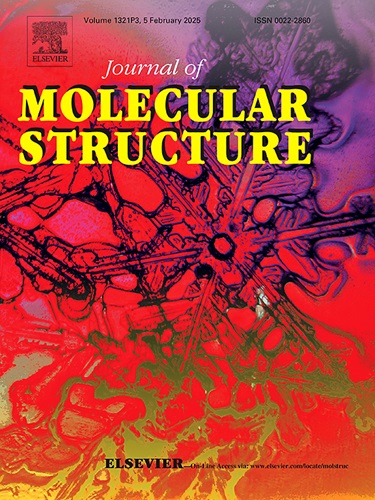Novel chemical integration of biodegradable energy storage materials utilizations for sustainable environment
IF 4
2区 化学
Q2 CHEMISTRY, PHYSICAL
引用次数: 0
Abstract
Current trending research demand extended for bearable energy storage has directed to extensive research on biodegradable and biocompatible materials for super-capacitors, batteries, and fuel cells. Overall research attempt investigates recent progress in eco-friendly energy storage technologies, focusing on biodegradable polymers, carbon-based materials, and green electrolytes that enhance electro-chemical properties. The integration of bio-based components improves conductivity, capacitance, and mechanical flexibility, making them suitable for applications in wearable electronics and medical devices. Key innovations include the synthesis of transient super-capacitor electrodes using enzymatically cleavable conductive polymers, and biocompatible electrolytes derived from chitosan-glycerol ion gels. These materials demonstrate promising energy densities, flexibility, and controlled degradation profiles, making them suitable for transient electronics, implantable medical devices, and green IoT systems. Furthermore, the end-of-life recyclability and soil/water degradability of these systems address global concerns regarding electronic waste. However, significant challenges persist in achieving high energy density while maintaining biodegradability. Future research will emphasize molecular engineering, hybrid materials, and sustainable manufacturing to develop well-organized and environmentally friendly energy storage resolutions.

生物可降解储能材料的新型化学集成应用于可持续环境
目前对可承受能量存储的研究需求已经扩展到对超级电容器、电池和燃料电池的生物可降解和生物相容性材料的广泛研究。总体研究尝试调查了生态友好型储能技术的最新进展,重点是可生物降解聚合物、碳基材料和提高电化学性能的绿色电解质。生物基组件的集成提高了导电性,电容和机械灵活性,使其适用于可穿戴电子产品和医疗设备的应用。关键的创新包括利用酶可切割的导电聚合物合成瞬态超级电容器电极,以及从壳聚糖-甘油离子凝胶中提取的生物相容性电解质。这些材料具有良好的能量密度、灵活性和可控制的降解特性,适用于瞬态电子、植入式医疗设备和绿色物联网系统。此外,这些系统的报废可回收性和土壤/水可降解性解决了全球对电子废物的关注。然而,在保持生物可降解性的同时实现高能量密度仍然存在重大挑战。未来的研究将强调分子工程、混合材料和可持续制造,以开发组织良好、环境友好的能源存储解决方案。
本文章由计算机程序翻译,如有差异,请以英文原文为准。
求助全文
约1分钟内获得全文
求助全文
来源期刊

Journal of Molecular Structure
化学-物理化学
CiteScore
7.10
自引率
15.80%
发文量
2384
审稿时长
45 days
期刊介绍:
The Journal of Molecular Structure is dedicated to the publication of full-length articles and review papers, providing important new structural information on all types of chemical species including:
• Stable and unstable molecules in all types of environments (vapour, molecular beam, liquid, solution, liquid crystal, solid state, matrix-isolated, surface-absorbed etc.)
• Chemical intermediates
• Molecules in excited states
• Biological molecules
• Polymers.
The methods used may include any combination of spectroscopic and non-spectroscopic techniques, for example:
• Infrared spectroscopy (mid, far, near)
• Raman spectroscopy and non-linear Raman methods (CARS, etc.)
• Electronic absorption spectroscopy
• Optical rotatory dispersion and circular dichroism
• Fluorescence and phosphorescence techniques
• Electron spectroscopies (PES, XPS), EXAFS, etc.
• Microwave spectroscopy
• Electron diffraction
• NMR and ESR spectroscopies
• Mössbauer spectroscopy
• X-ray crystallography
• Charge Density Analyses
• Computational Studies (supplementing experimental methods)
We encourage publications combining theoretical and experimental approaches. The structural insights gained by the studies should be correlated with the properties, activity and/ or reactivity of the molecule under investigation and the relevance of this molecule and its implications should be discussed.
 求助内容:
求助内容: 应助结果提醒方式:
应助结果提醒方式:


